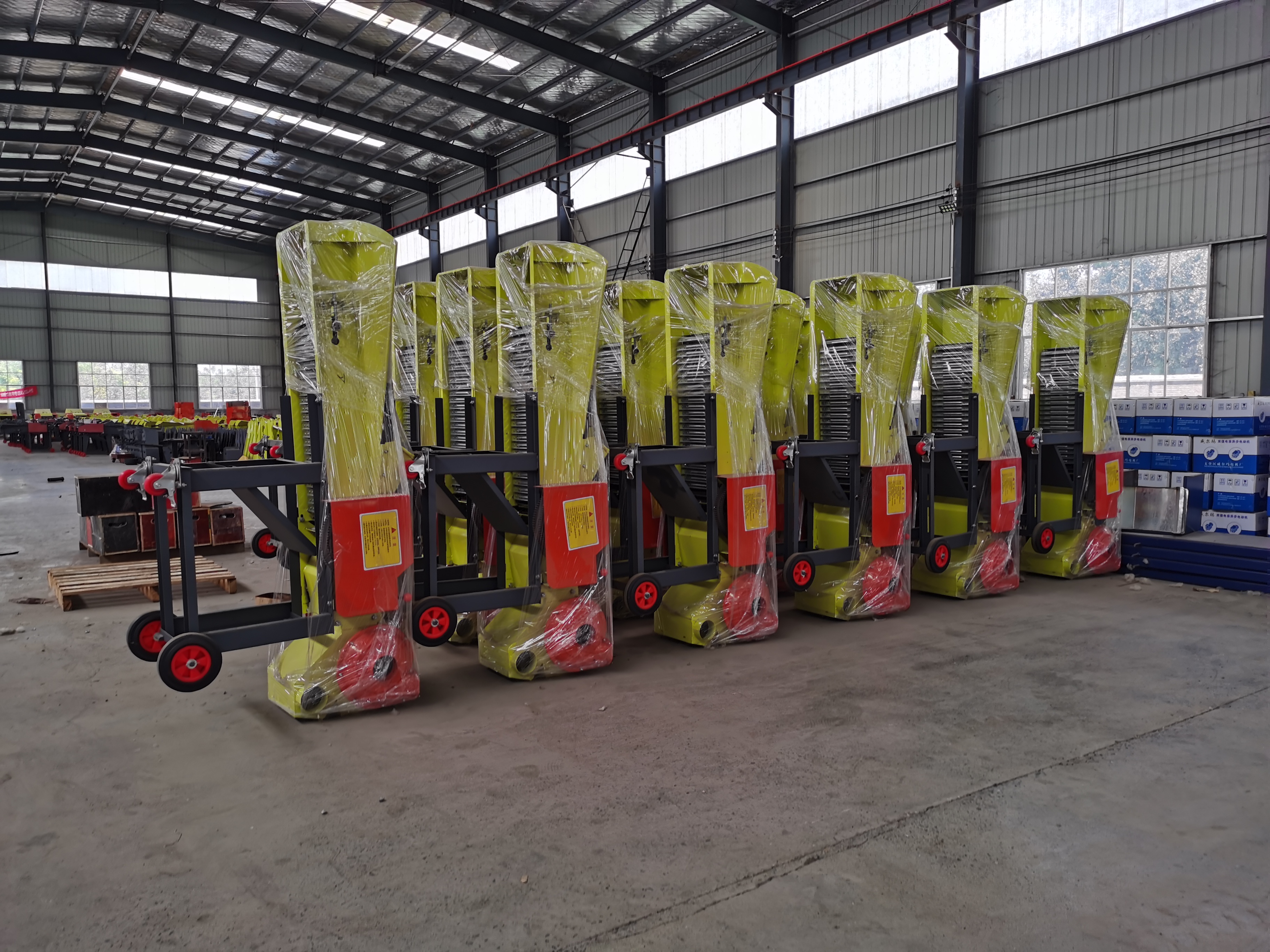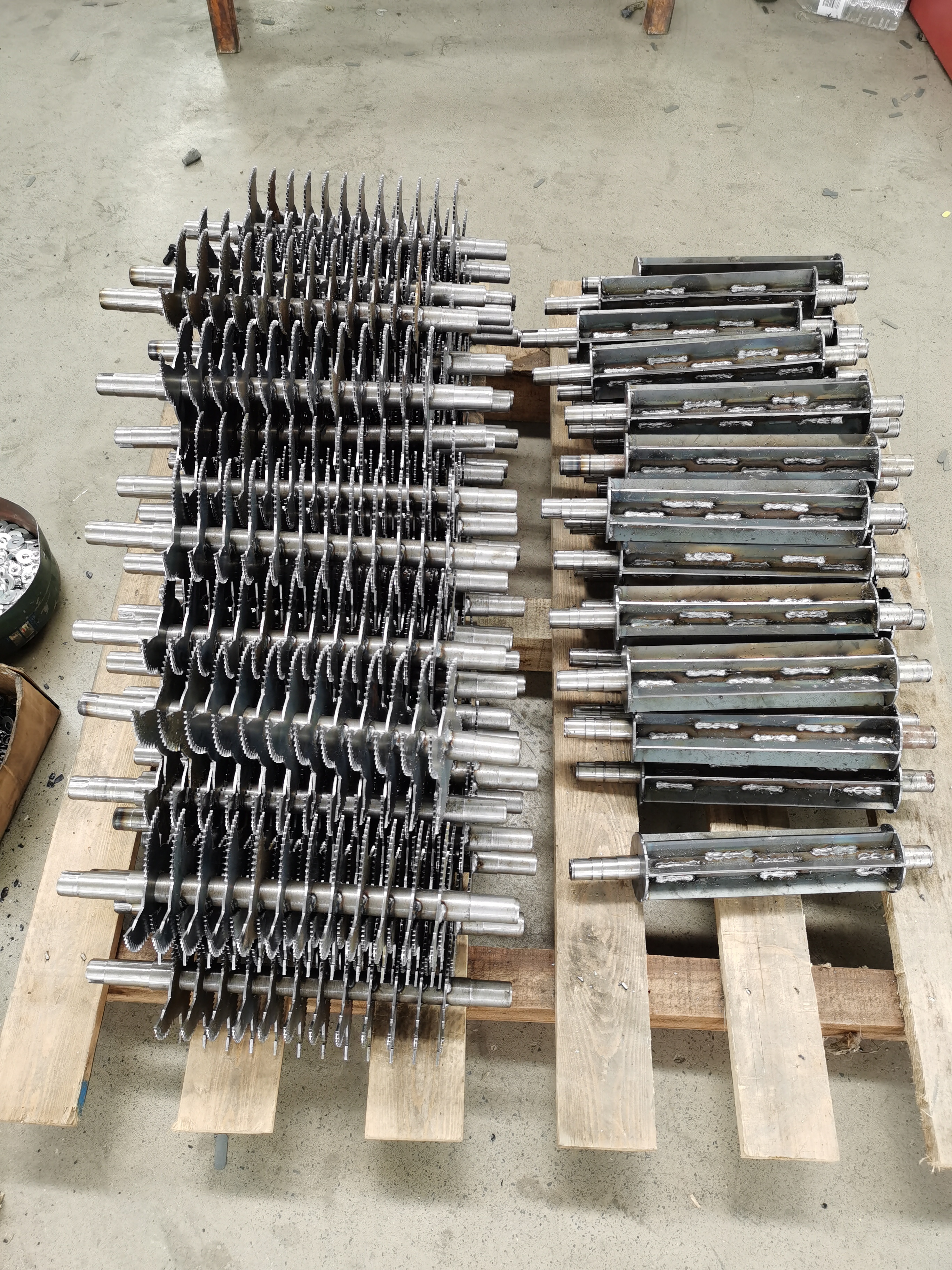The importance of cutting machines in the feed industry is significant for several reasons, as they play a crucial role in ensuring efficiency, quality, and consistency in animal feed production. Here are some key points highlighting their importance:
### 1. **Efficiency and Productivity**
- **High Throughput**: Cutting machines can process large volumes of raw materials quickly, significantly increasing production rates compared to manual methods.
- **Continuous Operation**: Many cutting machines are designed for continuous operation, allowing for uninterrupted processing and higher overall productivity.
### 2. **Consistency and Uniformity**
- **Uniform Particle Size**: Cutting machines ensure that feed ingredients are uniformly cut to the desired size, which is essential for consistent feed quality.
- **Improved Mixing**: Uniform particle size enhances the efficiency of subsequent mixing processes, ensuring that all nutrients are evenly distributed throughout the feed.
### 3. **Quality Control**
- **Precision Cutting**: Advanced cutting machines allow for precise control over the size and shape of the feed particles, meeting specific quality standards.
- **Minimized Waste**: Consistent cutting reduces the amount of waste generated during processing, as less material is miscut or underutilized.
### 4. **Versatility and Adaptability**
- **Multiple Applications**: Cutting machines can handle a variety of materials, from grains and pellets to grasses and silage, making them versatile tools in feed production.
- **Adjustable Settings**: Many machines come with adjustable settings, allowing producers to tailor the cutting process to different feed formulations and specifications.
### 5. **Cost Efficiency**
- **Labor Savings**: Automated cutting machines reduce the need for manual labor, lowering labor costs and minimizing human error.
- **Energy Efficiency**: Modern cutting machines are often designed to be energy-efficient, reducing operational costs associated with electricity and maintenance.
### 6. **Health and Safety Compliance**
- **Regulatory Standards**: Cutting machines help manufacturers comply with health and safety regulations by producing feed that meets size and quality standards required by authorities.
- **Safety Features**: Many machines come equipped with safety features to protect operators, such as emergency stop buttons and protective guards.
### 7. **Environmental Impact**
- **Resource Optimization**: Efficient cutting machines minimize resource wastage, contributing to more sustainable feed production practices.
- **Reduced Energy Consumption**: Energy-efficient machines contribute to lower carbon footprints by reducing the overall energy consumption in feed production.
### 8. **Innovation and Competitiveness**
- **Technological Advancement**: The integration of cutting machines represents a significant technological advancement, positioning companies as leaders in innovation.
- **Market Competitiveness**: Businesses that adopt cutting machines can offer superior product quality and consistency, giving them a competitive edge in the market.

### Conclusion
Cutting machines are indispensable in the feed industry, enhancing efficiency, productivity, and quality while reducing costs and environmental impact. Their ability to adapt to various feed formulations and processes makes them valuable assets for modern feed production, contributing to sustainability and competitive advantage in the global market.


 Mobile/Whatsapp 0086-18695800088
Mobile/Whatsapp 0086-18695800088 


